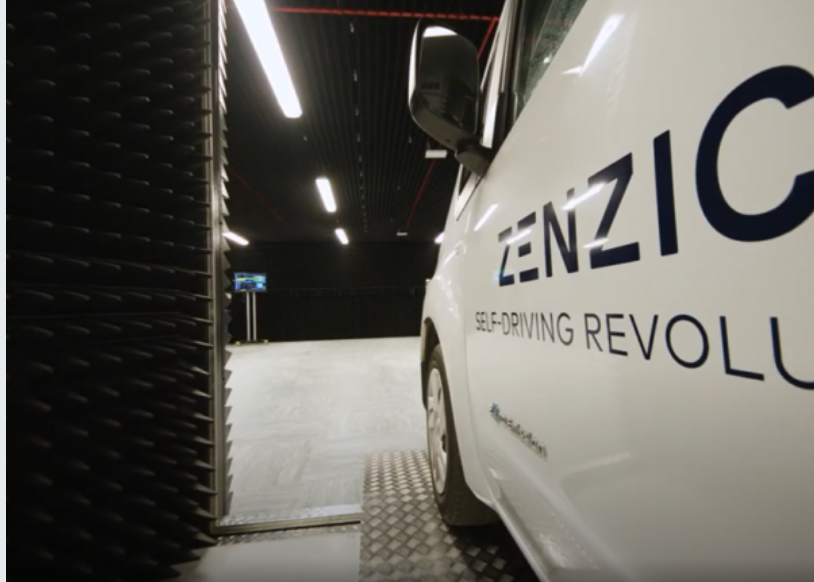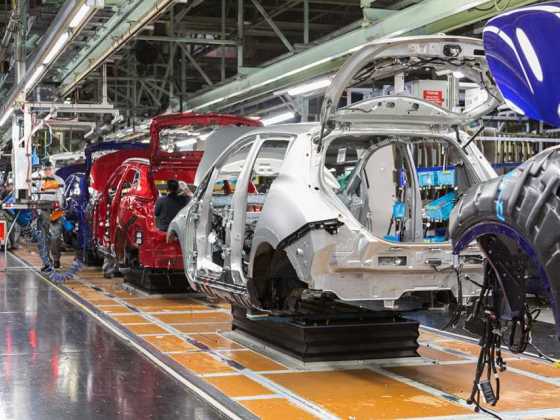Connected vehicles key to achieving net zero by 2050

Connected and automated vehicles could help pave the way towards a climate neutral Britain, according to Zenzic.
Research investigating the positive impact connected vehicles will have on the environment has highlighted how connectivity can boost a vehicle’s energy efficiency anywhere between 5% to 20%, with other aspects of connectivity such as freight platooning potentially bolstering this increase.
Aside from it being environmentally beneficial, it’s estimated that vehicle-to-vehicle and vehicle-to-infrastructure connectivity could potentially save between £4-6bn a year with £400m being saved from reducing traffic congestion alone as connected vehicles could travel closer to one another, freeing up space on UK roads.
Connectivity also further opens up MaaS (mobility as a service) possibilities, potentially attracting more demand for services such as self-driving robotaxis, leading to fewer privately-owned cars driving on UK motorways and helping to reduce emissions.
Connected and automated mobility (CAM) technology is already being tested across various locations within Zenzic’s ‘CAM Testbed UK’, a world-leading ecosystem of connectivity and self-driving testing facilities which is the only place worldwide which has the capability to take ideas from concept to development both physically and virtually, all within a three-hour drive. Some testbeds are already exploring the mobility benefits of 5G connectivity with support from network operators.
This latest call for the advancement of in-vehicle connectivity technology comes after recent reports suggest that the UK needs to accelerate its efforts if we are to achieve net zero status by the proposed 2050 target. With the latest Budget offering new incentives to increase electric vehicle ownership, it’s clear that e-mobility is one avenue the UK is exploring in a bid to make travel more sustainable for a more eco-friendly future. However, connectivity experts believe more radical technologies could play a key role in ensuring we stay on course. For mobility and transportation, this will mean ingraining connectivity into our infrastructure from the very start of our journey towards having truly connected vehicles on our streets, with all cars produced in the UK predicted to be connected by 2026.
Daniel Ruiz, CEO of Zenzic said: “Connectivity unlocks many core deliverables of our Connected and Automated Mobility Roadmap to 2030 - particularly when considering desirable mobility services and integration into towns and cities to enhance efficiency and productivity. With 2050 the milestone to meet, connected vehicles could provide a robust solution to help lower travel emissions. Vehicular connectivity can lead to less congestion on the roads, in turn leading to lower levels of pollution being emitted. But in order for us to start seeing both the environmental and economic benefits of connected and automated mobility, connectivity must be baked in from the very beginning - largely as it will enable new data services, driving efficiency, productivity, and mobility. From laying the foundations for full-scale CAM deployment with connectivity, it will allow for the flow of data generated by connected and self-driving vehicles, leading to better information and smoother journeys for the travelling public.”



